Jafar Abdollahi
Evaluating LeNet Algorithms in Classification Lung Cancer from Iraq-Oncology Teaching Hospital/National Center for Cancer Diseases
May 19, 2023Abstract:The advancement of computer-aided detection systems had a significant impact on clinical analysis and decision-making on human disease. Lung cancer requires more attention among the numerous diseases being examined because it affects both men and women, increasing the mortality rate. LeNet, a deep learning model, is used in this study to detect lung tumors. The studies were run on a publicly available dataset made up of CT image data (IQ-OTH/NCCD). Convolutional neural networks (CNNs) were employed in the experiment for feature extraction and classification. The proposed system was evaluated on Iraq-Oncology Teaching Hospital/National Center for Cancer Diseases datasets the success percentage was calculated as 99.51%, sensitivity (93%) and specificity (95%), and better results were obtained compared to the existing methods. Development and validation of algorithms such as ours are important initial steps in the development of software suites that could be adopted in routine pathological practices and potentially help reduce the burden on pathologists.
Hybrid stacked ensemble combined with genetic algorithms for Prediction of Diabetes
Mar 15, 2021



Abstract:Diabetes is currently one of the most common, dangerous, and costly diseases in the world that is caused by an increase in blood sugar or a decrease in insulin in the body. Diabetes can have detrimental effects on people's health if diagnosed late. Today, diabetes has become one of the challenges for health and government officials. Prevention is a priority, and taking care of people's health without compromising their comfort is an essential need. In this study, the Ensemble training methodology based on genetic algorithms are used to accurately diagnose and predict the outcomes of diabetes mellitus. In this study, we use the experimental data, real data on Indian diabetics on the University of California website. Current developments in ICT, such as the Internet of Things, machine learning, and data mining, allow us to provide health strategies with more intelligent capabilities to accurately predict the outcomes of the disease in daily life and the hospital and prevent the progression of this disease and its many complications. The results show the high performance of the proposed method in diagnosing the disease, which has reached 98.8%, and 99% accuracy in this study.
Deep Neural Network Based Ensemble learning Algorithms for the healthcare system (diagnosis of chronic diseases)
Mar 15, 2021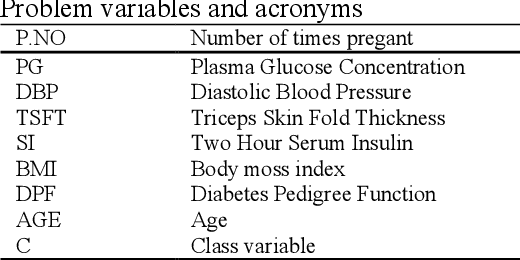
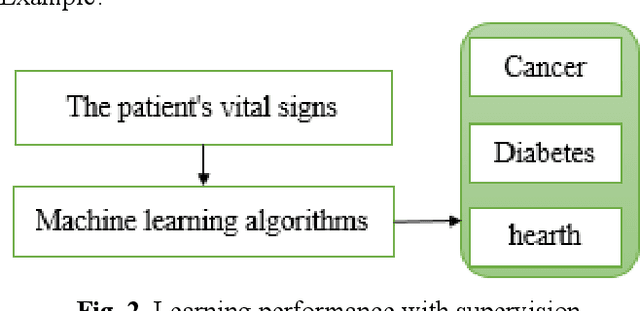

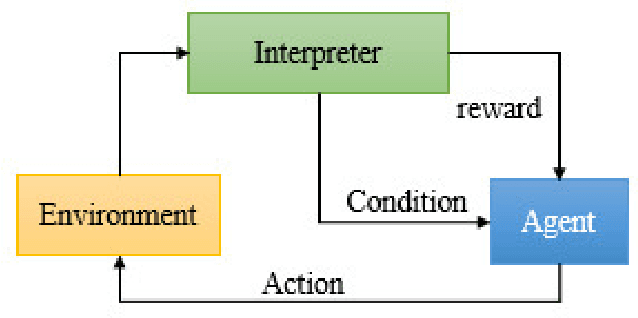
Abstract:learning algorithms. In this paper, we review the classification algorithms used in the health care system (chronic diseases) and present the neural network-based Ensemble learning method. We briefly describe the commonly used algorithms and describe their critical properties. Materials and Methods: In this study, modern classification algorithms used in healthcare, examine the principles of these methods and guidelines, and to accurately diagnose and predict chronic diseases, superior machine learning algorithms with the neural network-based ensemble learning Is used. To do this, we use experimental data, real data on chronic patients (diabetes, heart, cancer) available on the UCI site. Results: We found that group algorithms designed to diagnose chronic diseases can be more effective than baseline algorithms. It also identifies several challenges to further advancing the classification of machine learning in the diagnosis of chronic diseases. Conclusion: The results show the high performance of the neural network-based Ensemble learning approach for the diagnosis and prediction of chronic diseases, which in this study reached 98.5, 99, and 100% accuracy, respectively.
Modeling and forecasting Spread of COVID-19 epidemic in Iran until Sep 22, 2021, based on deep learning
Mar 15, 2021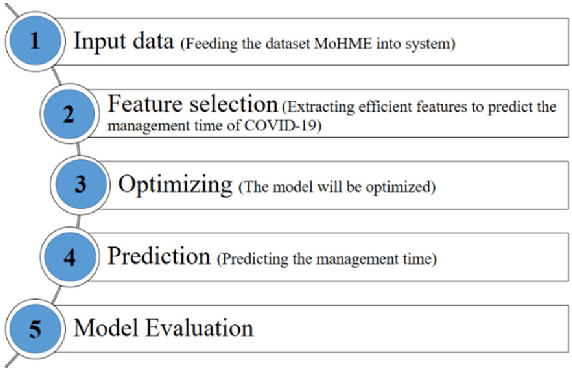


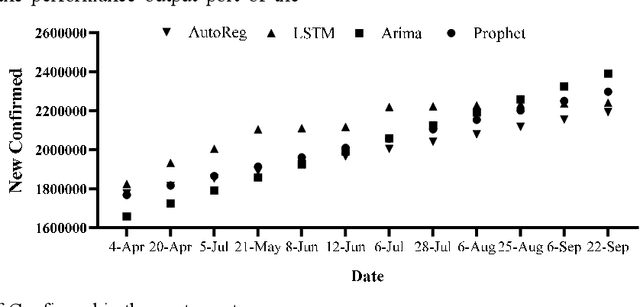
Abstract:The recent global outbreak of covid-19 is affecting many countries around the world. Due to the growing number of newly infected individuals and the health-care system bottlenecks, it will be useful to predict the upcoming number of patients. This study aims to efficiently forecast the is used to estimate new cases, number of deaths, and number of recovered patients in Iran for 180 days, using the official dataset of the Iranian Ministry of Health and Medical Education and the impact of control measures on the spread of COVID-19. Four different types of forecasting techniques, time series, and machine learning algorithms, are developed and the best performing method for the given case study is determined. Under the time series, we consider the four algorithms including Prophet, Long short-term memory, Autoregressive, Autoregressive Integrated Moving Average models. On comparing the different techniques, we found that deep learning methods yield better results than time series forecasting algorithms. More specifically, the least value of the error measures is observed in seasonal ANN and LSTM models. Our findings showed that if precautionary measures are taken seriously, the number of new cases and deaths will decrease, and the number of deaths in September 2021 will reach zero.
Feature selection for medical diagnosis: Evaluation for using a hybrid Stacked-Genetic approach in the diagnosis of heart disease
Mar 15, 2021



Abstract:Background and purpose: Heart disease has been one of the most important causes of death in the last 10 years, so the use of classification methods to diagnose and predict heart disease is very important. If this disease is predicted before menstruation, it is possible to prevent high mortality of the disease and provide more accurate and efficient treatment methods. Materials and Methods: Due to the selection of input features, the use of basic algorithms can be very time-consuming. Reducing dimensions or choosing a good subset of features, without risking accuracy, has great importance for basic algorithms for successful use in the region. In this paper, we propose an ensemble-genetic learning method using wrapper feature reduction to select features in disease classification. Findings: The development of a medical diagnosis system based on ensemble learning to predict heart disease provides a more accurate diagnosis than the traditional method and reduces the cost of treatment. Conclusion: The results showed that Thallium Scan and vascular occlusion were the most important features in the diagnosis of heart disease and can distinguish between sick and healthy people with 97.57% accuracy.
 Add to Chrome
Add to Chrome Add to Firefox
Add to Firefox Add to Edge
Add to Edge